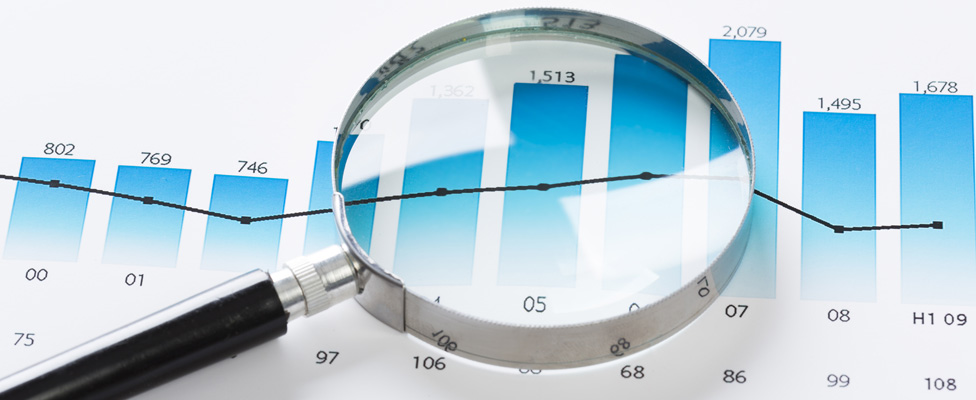
Teradata Takes Aster to Hadoop, AWS, Accelerates Analytics for IoT
This week, Teradata announced four new Analytics Accelerators for IoT and made good on a promise to port its Aster discovery platform to Hadoop -- and to Amazon's AWS.
- By Steve Swoyer
- August 26, 2016
Teradata this week announced four new Analytics Accelerators for the Internet of Things (IoT) and made good on a promise -- first announced at last year's Partners conference -- to port its Aster discovery platform to Hadoop. Teradata also announced plans to make Aster available in the platform-as-a-service (PaaS) cloud -- starting with Amazon Web Services (AWS) in September.
Aster Arriving on Hadoop in October
To be precise, Teradata hasn't yet made good on its promise to port Aster to Hadoop. Not officially, at least.
Arlene Zaima, strategic intelligence program manager with Teradata, says Aster-on-Hadoop will debut in October -- approximately one year after Teradata first announced it.
"We've had several customers using [this] in beta stage, but the first release we had was somewhat limited because it only ran on the Teradata Hadoop appliance," Zaima explained when asked about this by Doug Henschen, a vice president and principal analyst with Constellation Research.
"We re-architected for better performance," Zaima said. "That's one of the reasons for the delay."
She pointed to Hadoop's use as a data lake or as a data refinery -- i.e., a landing, storage, and preparation zone. Data is moving en masse to Hadoop, she said. Moving it back out again doesn't make a lot of sense.
"Because Aster is running on Hadoop, you're accessing the data where it resides, no longer moving data out of the [Hadoop] system," Zaima noted, explaining that users can expose Aster-on-Hadoop to the Teradata environment (via QueryGrid), Spark, and other Hadoop clusters.
"We can easily [do] push/pull analytic processing ... to [other] Hadoop [clusters], Teradata, [and] Spark. This is a major shift for Aster and it really enables us to port to other environments," she said.
Again, Aster-on-Hadoop availability is slated for October. Initial certification will be for Cloudera and Hortonworks.
Aster Coming to Amazon Web Services in September
Aster-for-AWS will be available in September. Would-be subscribers can purchase it via the AWS Marketplace, although Teradata is also offering a free 30-day trial. Subscription fees are for Amazon EC2 compute capacity only: Amazon's elastic block store (ESB) service is priced separately, Zaima said.
"Now that we have Aster ... running on the cloud, what used to take weeks [or] months to justify and purchase and set up [as] an analytic environment can be done in a matter of days," she argued.
"Now analysts have ... access to over 100 prebuilt analytic functions ... [and] they also have access to Aster's AppCenter, [which] allows them to create apps [which they can] share, collaborate, and deploy for business users to consume," she continued. "Everything that's available [for Aster in an] on-premises [environment] is now available on demand."
Teradata also expects to spin Aster up in other PaaS contexts -- such as Microsoft's Azure.
Analytics of Things Really Is a Thing
So far in 2016, Teradata has pushed "Analytics of Things" as one of its go-to marketing messages. The coinage isn't Teradata's own: industry luminary Tom Davenport, a senior advisor at Deloitte Analytics, came up with it more than two years ago.
Teradata says the four new IoT Accelerator solutions it announced this week underscore the potential value of the Analytics of Things. The first two are designed to help organizations develop the analytics they need to support both generalized use cases (the Condition-Based Maintenance Accelerator) and vertical-specific issues (the Manufacturing Performance Optimization Accelerator).
The other two focus on sensor data. According to Teradata's vice president of marketing Chad Meley, both the Sensor Data Qualification Accelerator and the Visual Anomaly Prospect Accelerator are designed to help organizations "[improve] the quality of sensor data, apply ... some transformation rules to clean up sensor data, and [provide] recommendations on the frequency and quantity of sensor data an organization should keep to meet their analytics objectives."
Teradata has a point with talking about Analytics of Things -- "Internet of Things" is an insufficient term. It places the emphasis on IoT signalers: on sensors and other connected devices, all of which generate data. It's all about accumulating data. "Analytics of Things," on the other hand, prioritizes getting value out of data. The new accelerators help companies do just this, Meley said.
"We're bringing to bear this IP that really accelerates the [IoT analytics] timeline," he concluded. "These [accelerators] are derived from some of the leading companies out there around IoT ... we've been working with these companies ... figuring out what works, what doesn't work, [we're] able to bring [these] experiences to bear and reduce project risk associated with delivering IoT projects."
About the Author
Stephen Swoyer is a technology writer with 20 years of experience. His writing has focused on business intelligence, data warehousing, and analytics for almost 15 years. Swoyer has an abiding interest in tech, but he’s particularly intrigued by the thorny people and process problems technology vendors never, ever want to talk about. You can contact him at [email protected].